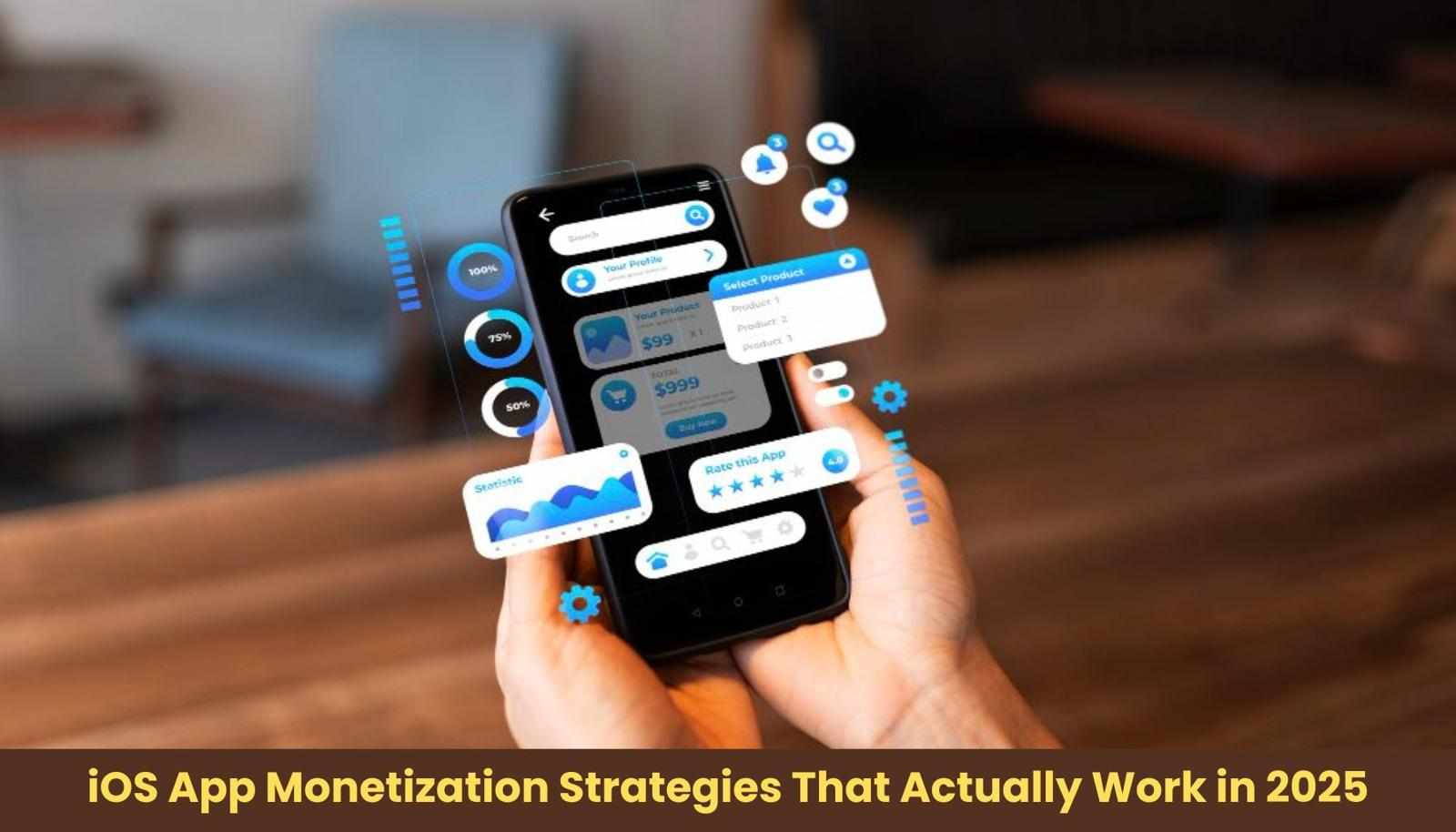
The iOS ecosystem has always been one of the most lucrative markets for app developers. With millions of active users worldwide and a history of higher spending compared to Android users, the Apple App Store continues to be a goldmine — if you know how to monetize effectively. But as technology evolves and user expectations rise, monetization strategies that worked a few years ago may not be as effective today.
In 2025, the iOS app landscape is more competitive than ever, with cutting-edge iOS app development frameworks, AI integration, personalized user experiences, and stricter App Store policies shaping how apps make money. Whether you are working with custom iOS app development services or partnering with one of the top iPhone app development companies, the key to success lies in using strategies that not only generate revenue but also keep users engaged long-term.
This article explores proven iOS app monetization strategies for 2025, drawing insights from the latest market trends, user behavior, and technology innovations.
Why iOS App Monetization Needs a 2025 Update
The last few years have brought several shifts that require a fresh look at how apps earn revenue:
- Privacy regulations (like Apple’s App Tracking Transparency) have made ad targeting more challenging.
- Subscription fatigue is real; users are becoming more selective about what they pay for.
- Generative AI features have raised the bar for personalization and user experience.
- Rising iOS app development cost means developers must recoup investments faster.
These factors mean that developers can’t simply rely on old models like generic banner ads or basic one-time purchases. Instead, they need innovative, user-friendly approaches that balance profitability and user satisfaction.
1. Subscription Models — But Smarter
Subscriptions remain one of the most reliable monetization strategies for iOS apps. According to App Store data, subscription-based apps generate a significant portion of total revenue. However, in 2025, the winning formula isn’t just “lock everything behind a paywall.”
What Works Now
Tiered pricing — Offer multiple subscription levels with clearly differentiated benefits. This works especially well for fitness, productivity, and streaming apps.
Micro-subscriptions — Small, affordable plans for specific features (e.g., $1.99/month for ad-free access).
AI-personalized plans — Use in-app behavior to suggest subscription tiers that match individual usage patterns.
Pro Tip: If you are investing in custom iOS app development services, ensure your development team integrates flexible billing APIs that allow you to test different subscription models quickly.
2. Freemium with Premium Upgrades
The freemium model is still highly effective when done right. Users can try the core features for free, then pay for advanced tools, customization, or ad-free experiences.
Keys to Success in 2025:
Hook users early: Your free version must provide enough value to keep people engaged long enough to consider upgrading.
Limit friction: Make upgrading to premium seamless with Apple’s in-app purchase options.
Gamify the experience: Reward users for daily use and subtly show how premium features can amplify their experience.
Many of the top iPhone app development companies now integrate behavioral analytics into freemium apps to pinpoint the exact moment when users are most likely to upgrade.
3. In-App Purchases (IAP) That Feel Worth It
In-app purchases aren’t just for gaming anymore. Productivity, health, education, and lifestyle apps are all using IAP effectively.
Examples in 2025:
One-time feature unlocks: Great for users who don’t want a subscription but are willing to pay for lifetime access to certain features.
Customizations and personalization: Skins, themes, and profile customization remain popular across many categories.
Consumable items: Temporary boosts, credits, or tokens that encourage repeat purchases.
When considering IAP, factor in iOS app development cost, building and maintaining a secure, seamless purchase flow is essential for both user trust and compliance with Apple’s rules.
4. Contextual & Native Advertising
Traditional banner ads are becoming less effective. In 2025, contextual and native advertising will be the preferred way to include ads without annoying users.
Why It Works:
Privacy-friendly targeting: Ads are based on in-app activity rather than personal tracking.
Native placement: Ads look and feel like part of the app’s content, improving engagement rates.
Value exchange: Ads unlock rewards or features, giving users a reason to interact.
When working with custom iOS app development services, ensure your developers choose ad SDKs compatible with the latest iOS privacy guidelines.
5. Partnerships & Affiliate Marketing
Partnership-based monetization is growing in popularity because it benefits both the app creator and the partner brand.
How to Implement:
Affiliate links: Promote products/services that align with your app’s audience. For example, a cooking app can partner with a kitchenware brand.
Co-branded content: Collaborate with companies to offer exclusive features or content for mutual promotion.
Cross-promotions: Partner with other apps for shared user growth.
Affiliate programs work especially well for apps built by top iPhone app development companies that already have large, loyal user bases.
6. Data-Driven Monetization Without Violating Privacy
Apple’s privacy-first approach means developers need to get creative. Apps in 2025 are finding ways to monetize anonymized, aggregated data while staying compliant.
Examples:
Market insights: Selling trend reports (without personal identifiers) to businesses.
Crowdsourced intelligence: Location-based heatmaps, performance benchmarking, etc.
Your iOS app development frameworks should include secure data processing tools to protect user information while enabling valuable analytics.
7. Crowdfunding & Community Support
With the rise of platforms like Patreon, Ko-fi, and Kickstarter, apps are increasingly turning to their user base for financial support.
Why It’s Effective:
Creates a loyal, invested community.
Works well for niche apps with passionate users.
Allows for creative rewards, early access, exclusive features, and merch.
Integrating a direct support option inside the app can be more effective than external platforms, especially if you already have engaged users.
8. Transaction Fees for Marketplace Apps
If your app connects buyers and sellers (e.g., booking platforms, freelance marketplaces), charging a small transaction fee can be a steady revenue source.
Best Practices:
Keep fees transparent.
Offer premium seller tools for an extra charge.
Provide value that justifies the cut (e.g., dispute resolution, marketing exposure).
Marketplace models tend to have higher iOS app development cost due to the complexity of payment systems, so factor that into your budget.
9. AI-Driven Upselling
AI is no longer just a buzzword in 2025; it’s essential for effective monetization. AI can:
Predict when a user is most likely to upgrade.
Suggest add-ons that match individual needs.
Automate personalized offers during high engagement moments.
When choosing iOS app development frameworks, look for ones that support AI integration to future-proof your monetization strategy.
10. Hybrid Monetization
In 2025, the most successful apps often combine two or more monetization models:
Freemium + Ads
Subscription + IAP
Affiliate + Premium features
Hybrid approaches maximize revenue streams while spreading risk. If one model underperforms, the others help maintain profitability.
Reducing iOS App Development Cost While Maximizing Revenue
No monetization strategy works well if your development costs eat up all your profits. Here are a few cost-saving tips:
Use scalable iOS app development frameworks that allow for easy updates and feature additions.
Work with custom iOS app development services that have proven experience in your niche.
Consider cross-platform tools if appropriate, though for iOS-specific features, native development still delivers the best performance.
Partnering with top iPhone app development companies can initially seem expensive, but their expertise often leads to better-performing, more profitable apps.
Measuring Success: Metrics That Matter in 2025
Monetization isn’t just about making money — it’s about sustaining growth. Keep an eye on:
Customer Lifetime Value (CLV)
Monthly Recurring Revenue (MRR)
Churn rate
Average Revenue Per User (ARPU)
Conversion rates for upsells
These metrics help you adjust your strategies to meet both user needs and business goals.
Final Thoughts
In 2025, iOS app monetization is about balance — between profitability and user experience, innovation and privacy, short-term revenue and long-term growth. The best strategies are those that integrate seamlessly into the app experience, provide real value to users, and adapt quickly to changing market conditions.
Whether you’re using custom iOS app development services, keeping an eye on iOS app development cost, working with top iPhone app development companies, or experimenting with the latest iOS app development frameworks, the key is to stay user-focused. When users feel they’re getting genuine value, they’ll be more willing to support your app — and that’s the kind of monetization that truly works in 2025.



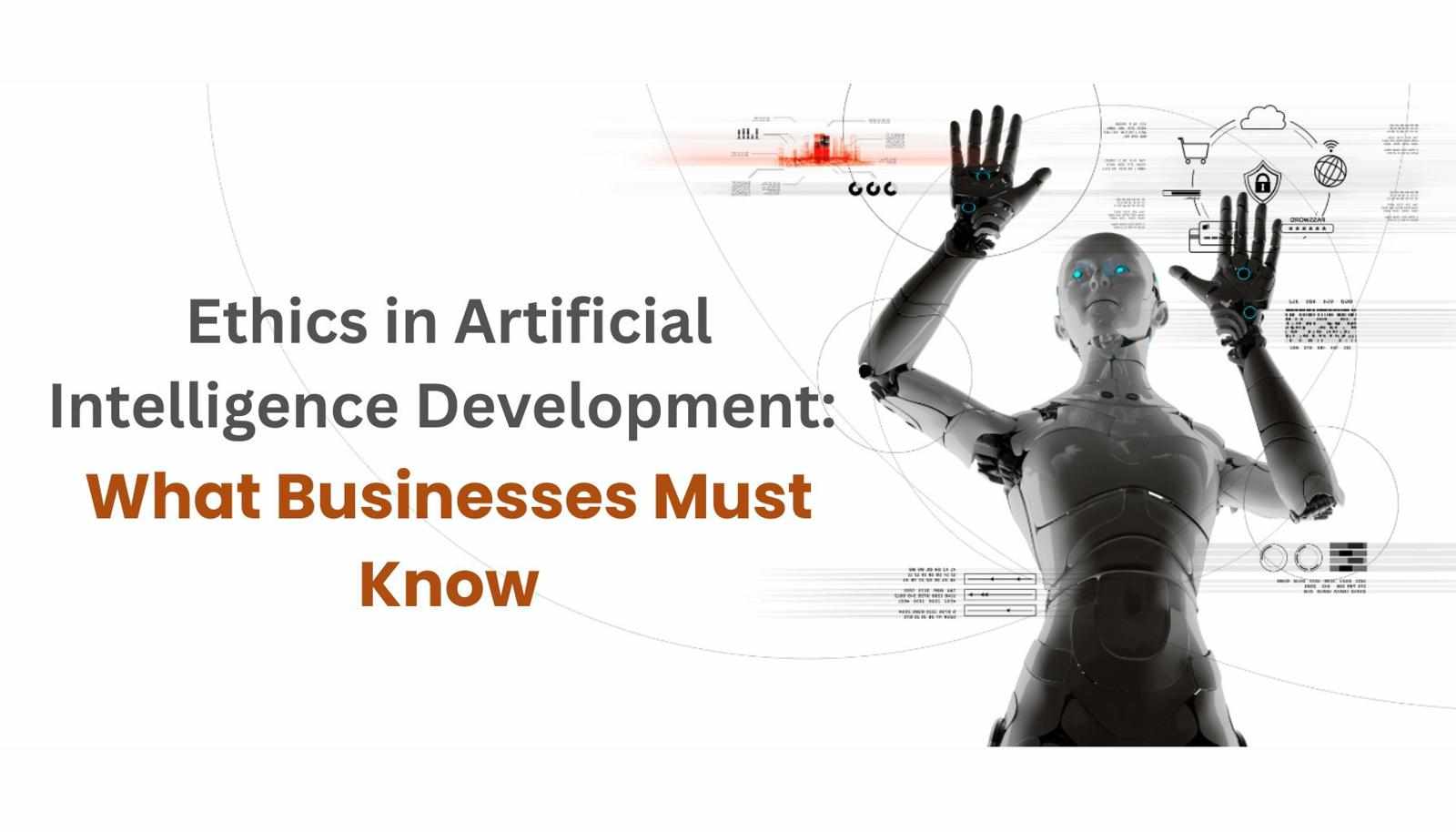
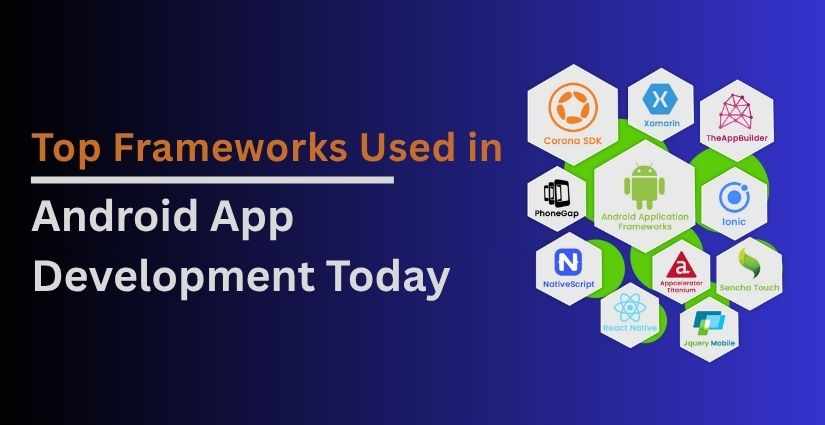
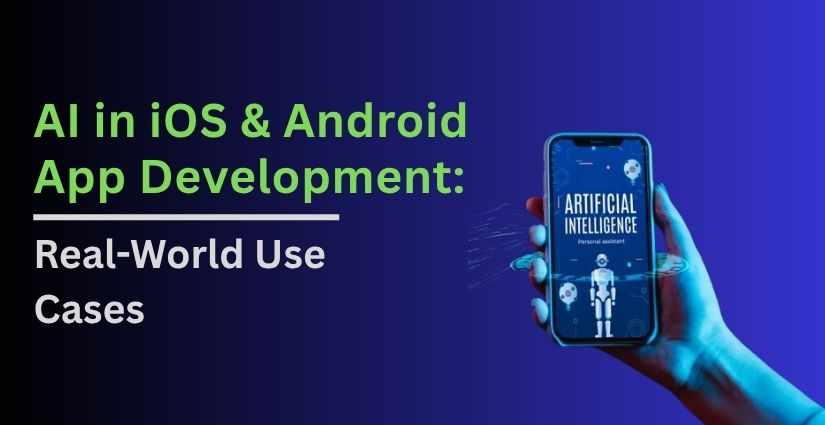
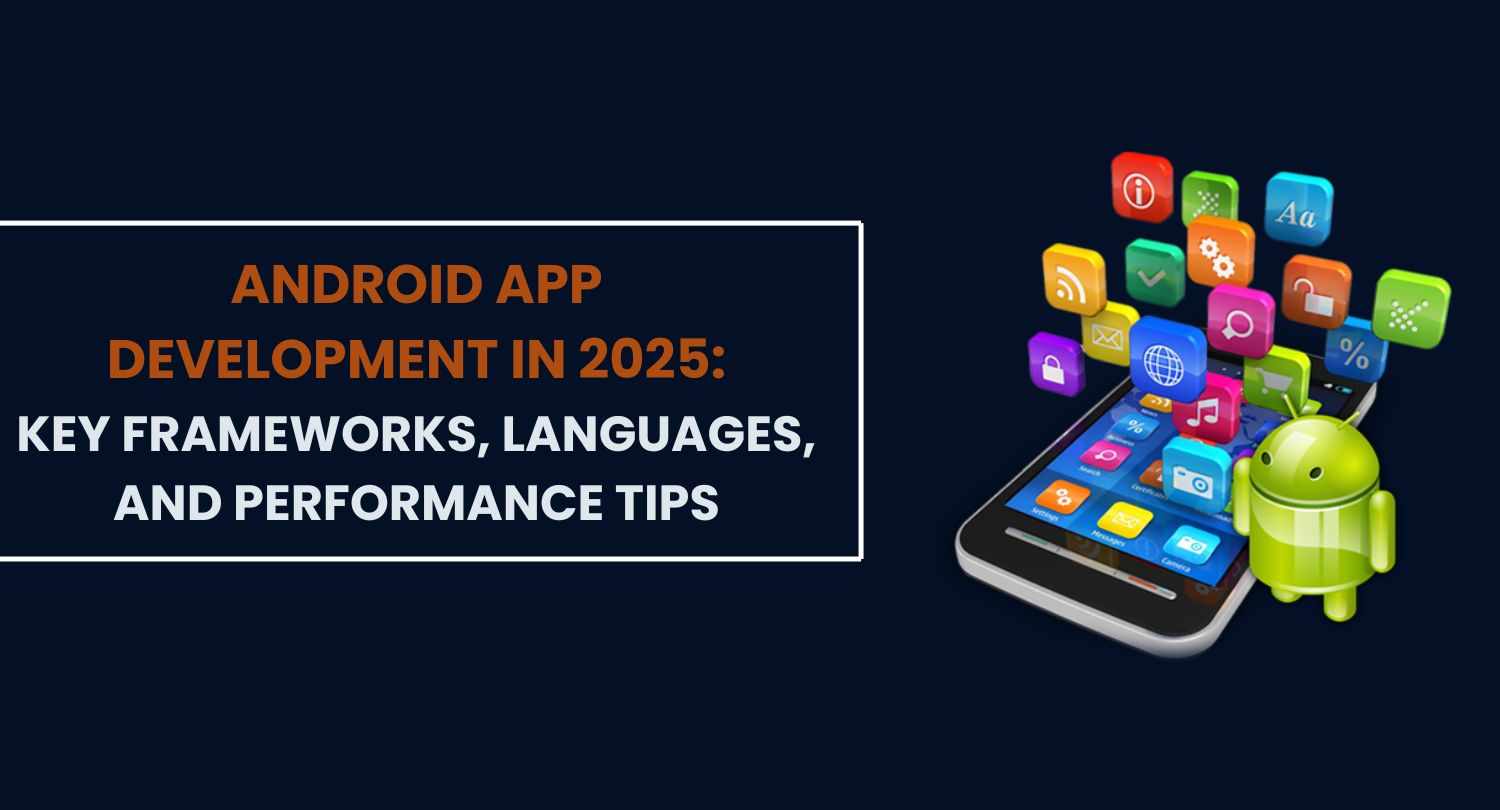
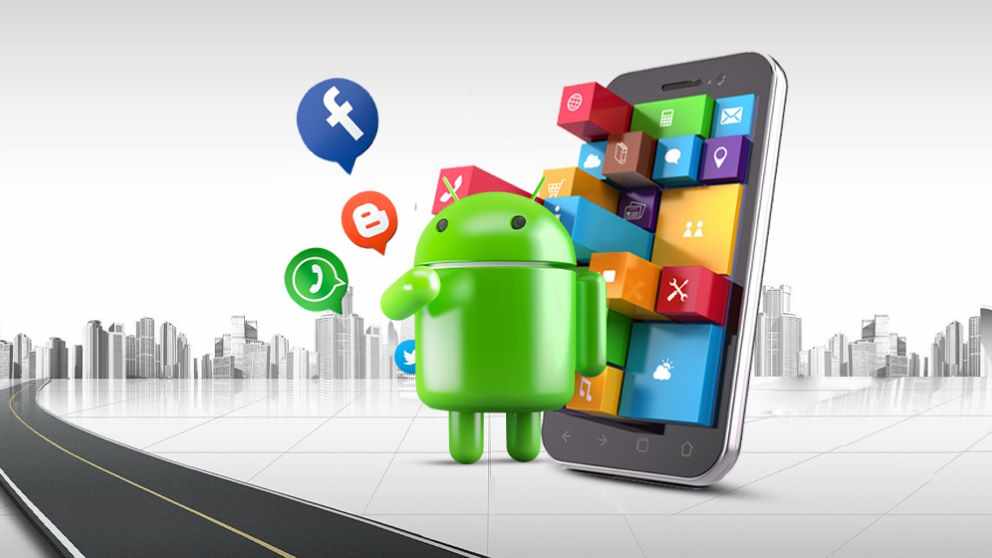
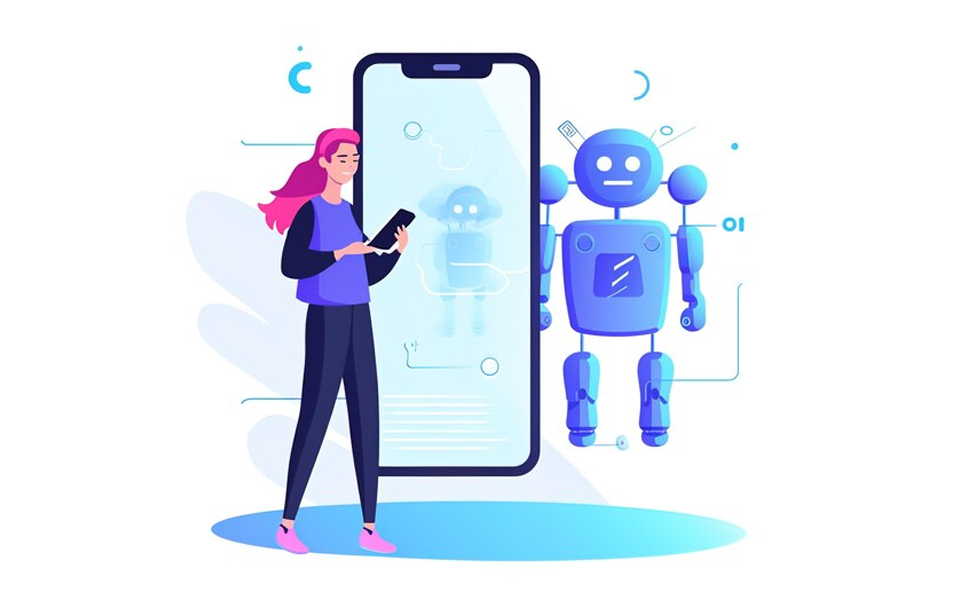

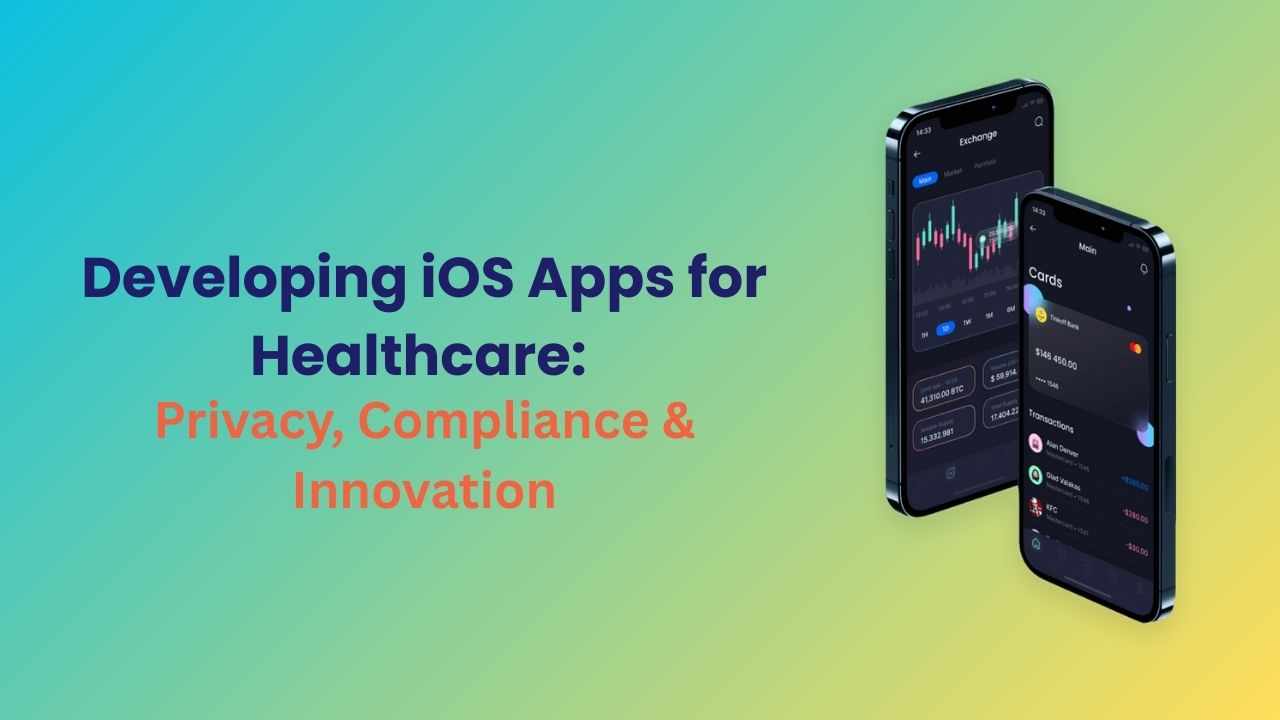
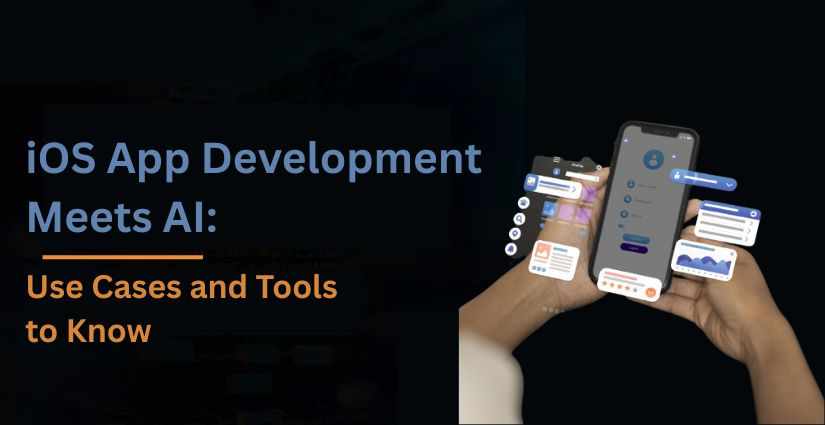
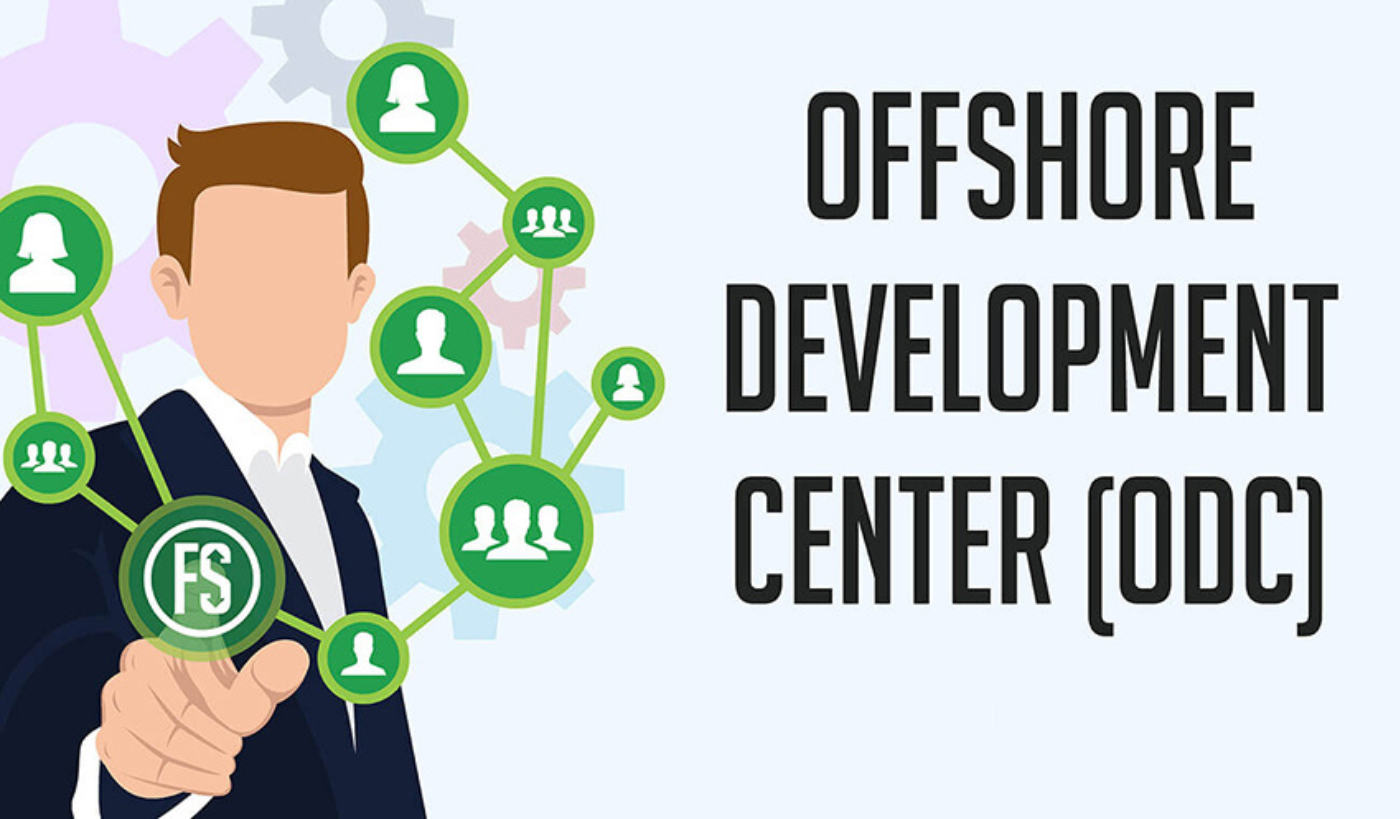
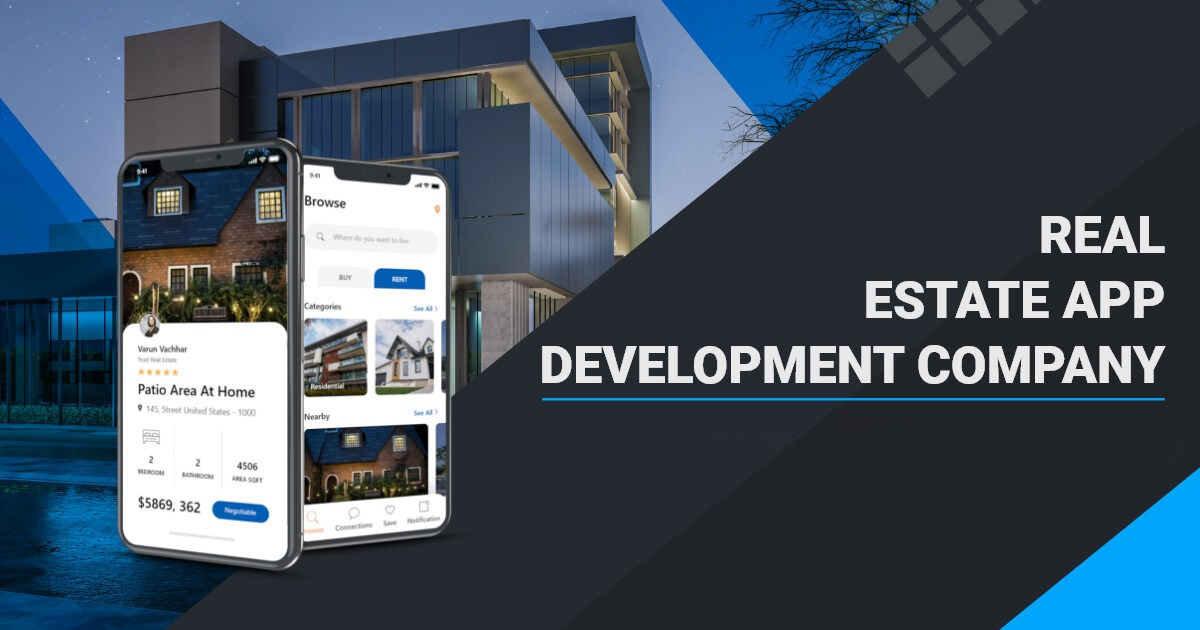
Write a comment ...